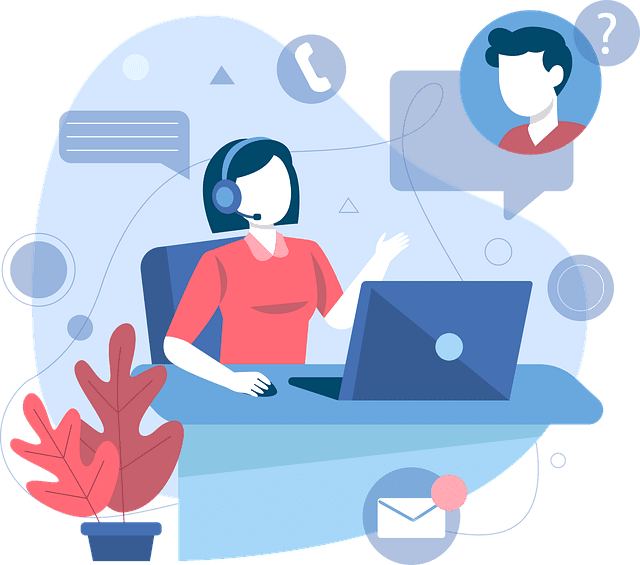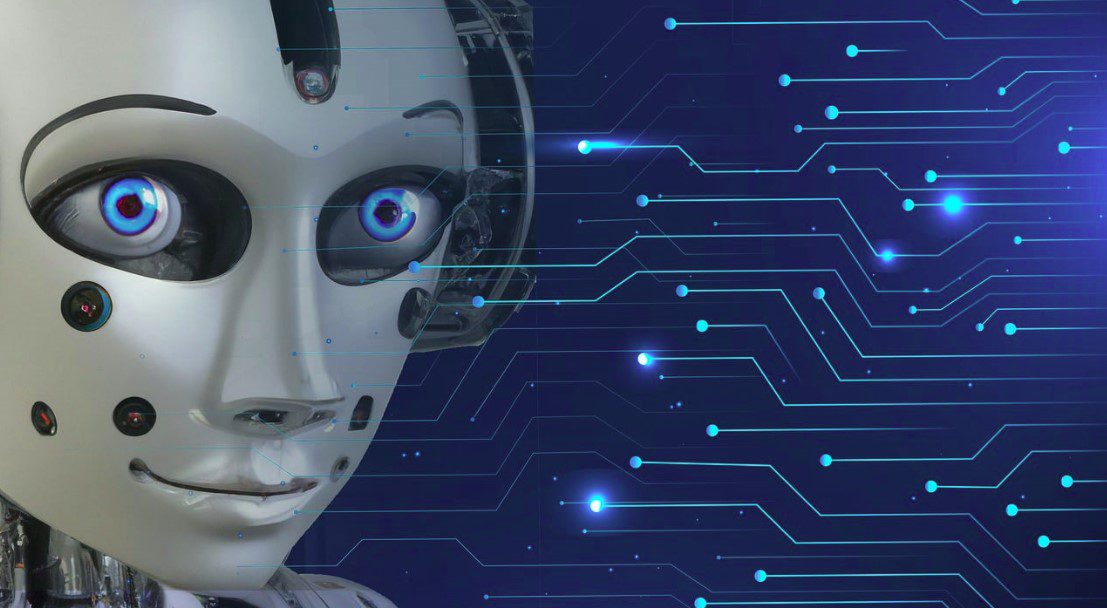Beyond Millennials, the modern workplace is undergoing a remarkable transformation as young generations consisting of Generation Z and blossoming Alpha cohorts, are embracing the power of Artificial Intelligence (AI) tools.
Armed with a better understanding of technology and the natural inclination towards innovation, these young professionals are integrating AI into their work environments unlike any other generation before them.
From advanced data analytics to intelligent virtual assistants, machine learning algorithms and intelligent automation systems offer a lot of potential that streamline workflows, drive innovation and ensure efficiency.
How AI Tools are Reshaping the Workplace:

1. Virtual Assistants for Efficiency
Virtual assistants, powered by AI, have become indispensable tools for many of us in the workplace. Examples include Amazon’s Alexa, Apple’s Siri, and Google Assistant.
These AI-powered assistants help vast professionals manage their schedules, set reminders, and perform quick research tasks, allowing them to focus on more strategic and value-added work.
By delegating routine tasks to virtual assistants, these workers can optimize their time and improve overall efficiency.
2. Chatbots for Customer Service
In customer service roles, the new generations are leveraging AI-powered chatbots to enhance interactions with customers. Chatbots, such as those found on company websites or messaging platforms, can provide instant responses to common inquiries.
They also guide users through processes and only refer complex issues to human agents. This integration of chatbots allows the workforce to deliver prompt and consistent customer support while freeing up time for complex problem-solving.
3. Data Analytics for Informed Decision-Making
The younger generations are utilizing AI-powered data analytics tools to gather insights and make informed decisions in the workplace.
For instance, tools like Tableau, Power BI, and Google Analytics provide data visualization and analysis capabilities. By leveraging these tools, they are able to extract valuable information from large datasets, identify patterns, and make data-driven decisions quickly.
This integration of AI in data analytics empowers them to optimize strategies, improve performance, and identify growth opportunities.
4. Collaborative Project Management Platforms
Collaboration is vital in the modern workplace, and the Z workforce is leveraging AI-powered project management platforms to streamline teamwork.
Platforms such as Trello, Asana, and Microsoft Teams facilitate task assignment, progress tracking, and seamless communication among team members. These AI-enabled tools ensure that everyone stays informed, tasks are prioritized, and project timelines are managed efficiently.
As a result, the workforce can collaborate efficiently, regardless of geographical constraints.
5. AI-Powered Language Translation
In an increasingly globalized world, the younger cohorts are incorporating AI-powered language translation tools to overcome language barriers in the workplace.
Examples include Google Translate, Microsoft Translator, and DeepL. These tools enable workers to communicate and collaborate seamlessly with colleagues from different linguistic backgrounds. This fosters inclusivity and expanding opportunities for global cooperation.
6. Virtual Reality (VR) for Training and Simulation
The young members of our society are embracing AI-powered virtual reality (VR) technology for training and simulation purposes. VR platforms, such as Oculus and HTC Vive, provide immersive experiences that simulate real-world scenarios.
These tools are particularly valuable in healthcare, engineering, and aviation, where hands-on training is crucial. These professionals can use VR to practice skills, simulate complex procedures, and promote learning in a safe and controlled environment.
7. AI-Assisted Creativity and Design
AI tools are also revolutionizing creativity and design processes for the youthful workforce. Platforms like Adobe Creative Cloud and Canva offer AI-assisted features that automate repetitive design tasks.
They can as well generate design suggestions, and promote creative outputs. These tools enable them to streamline their design workflows, explore new possibilities, and unleash creativity with greater speed and efficiency.
Ethical Considerations and Responsible AI Adoption

As technology continues to advance, it is important for organizations to prioritize ethical practices and responsible AI use to ensure the well-being and fair treatment of their employees.
Here are some key considerations:
- Transparency: Organizations should strive for transparency in AI systems and processes. Employees should be informed about the use of AI especially how it collects, processes, and uses data. Transparency builds trust and empowers employees to make informed decisions.
- Bias and Fairness: AI systems are only as unbiased as the data they are trained on. Bias in AI algorithms can perpetuate existing social inequalities. Organizations must actively work to identify and mitigate biases to ensure fairness and equal opportunities for all employees. This must be done regardless of age, gender, race, or any other issue.
- Data Privacy: Younger employees may have concerns about the privacy and security of their personal information. Employers should have clear data privacy policies in place, ensure compliance with relevant regulations (e.g., GDPR).
- Accountability: Organizations should establish clear lines of accountability for the development, deployment, and monitoring of AI systems. There should be mechanisms in place to address any adverse impacts or unintended consequences of AI.
- Continuous Learning and Upskilling: As AI technologies evolve, organizations should provide training and development opportunities to help the youth increase their AI literacy. Upskilling is also a must for anyone wishing to fit in and succeed in the workplace.
- Human-AI Collaboration: Organizations should foster a culture of human-AI collaboration, where AI systems augment human capabilities, and not simply replacing them.
- Regular Ethical Assessments: Regularly assessing the ethical implications of AI systems is essential. Organizations should conduct ethical impact assessments to evaluate the potential risks, biases, and impacts of AI. This evaluation can help identify areas of improvement and inform decision-making around AI adoption.
Frequently Asked Questions:
Q: What benefits do AI tools bring to the workplace for young professionals?
A: AI tools offer several benefits to young professionals in the workplace. They can automate mundane and time-consuming tasks, freeing up time for more strategic and creative work. AI also provides data-driven insights, enabling better decision-making and improved efficiency. Additionally, AI tools can assist in personalization, enabling tailored experiences for customers and users.
Q: Are there any challenges associated with the incorporation of AI tools by young generations?
A: Yes, there are challenges to consider. One challenge is the need for proper training and upskilling to effectively use AI tools. Additionally, ethical considerations, such as data privacy and bias, must be addressed. Integrating AI into existing workflows and ensuring smooth collaboration between humans and machines can also pose challenges.
Q: How does the integration of AI tools by young generations shape the future of work?
A: The integration of AI tools by young generations is reshaping the future of work in significant ways. It is enabling automation of routine tasks, leading to increased productivity and allowing employees to focus on more complex and creative work. AI tools also have the potential to augment human capabilities, leading to new job roles and opportunities. Overall, it is driving a shift towards a more efficient, data-driven, and innovative work environment.
Q: What industries are witnessing the greatest impact of young generations incorporating AI tools?
A: Various industries are experiencing the impact of young generations incorporating AI tools. Technology, finance, healthcare, and customer service sectors are at the forefront. These industries are leveraging AI for tasks like data analysis, personalized customer experiences, fraud detection, and automation of manual processes. However, the influence of AI tools is expanding across diverse sectors as young professionals continue to explore innovative applications.
Conclusion
Young generations are at the forefront of incorporating AI tools into the workplace in the 21st century. From virtual assistants and chatbots to data analytics and virtual reality, AI tools are transforming how they work, collaborate, and innovate.
By embracing AI, young professionals enhance efficiency, improve decision-making, break down language barriers, and unleash their creativity. As they continue to integrate AI tools, it is crucial for them to advocate for responsible AI adoption, ensuring ethical considerations remain at the forefront of this technological evolution.





Leave a Reply